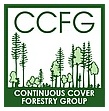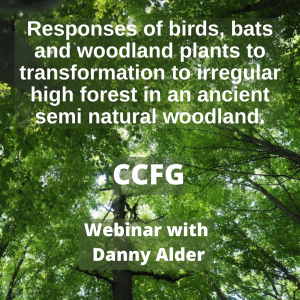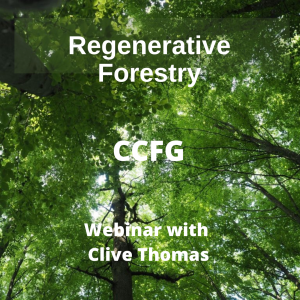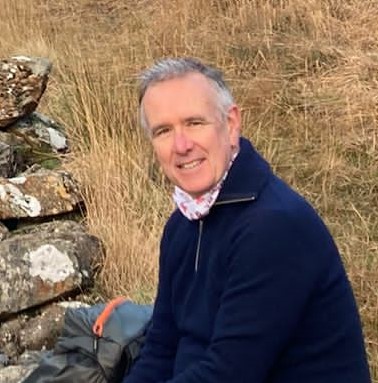Stourhead Estate, Wiltshire
By Kind permission of Nick C Hoare
THEME:
Moving the forest towards its full potential in the face of climate change, ensuring it is sustainable, both biologically and financially, and resilient in the long term.
The day will include an introduction to Stourhead forest, and discussion on forest resilience, sustainability, irregular silviculture, biodiversity in irregular conifer dominated forest and forest monitoring. For more details of the theme, the estate and the planned visit, please use this link.
Rendezvous time – 9.30 hrs, Friday 9th May 2025
Meeting point – Main National Trust Stourhead Carpark, Stourton, Warminster BA12 6QF
Please park vehicles in the overflow carpark at the back, indicated by following in-carpark CCFG signs.
Carpark facilities – There are National Trust toilets and a café at the carpark.
Vehicle consolidation – After an introduction, attendees will need to please share vehicles from here, thereby minimising in-forest traffic. The tour will take place in the main Stourhead Forest (within 6km). Metalled tracks are suitable for cars driven slowly (avoid cars with low sumps).
What to bring – Suitable in-forest footwear and waterproofs. For biosecurity, please ensure footwear is clean before arrival.
Lunch and drink – As we will be picnicking in the forest, please bring your own lunch, drink and snack requirements. We will NOT be returning to the National Trust Stourhead Carpark at lunch time. There will be a portaloo located near to the lunch stop in the forest.
Finish time – Back to the National Trust Stourhead Carpark by 16.00 hrs.
Booking – is essential. To allow for good discussion and facilitate logistics, places at the meeting will be limited in number. Priority will be given to CCFG members, and there will be a waiting list if numbers exceed this so please let us know if you cannot make it. To book, please click this link.
For any queries, please contact Polly Spencer-Vellacott, CCFG Administrator.



 north of Scotland on private estates for Cawdor Forestry Ltd. She has been fortunate to have worked in forests where she has been able to practice CCF, almost exclusively with Scots pine using group selection systems or strip felling. Hazel has learnt that CCF requires a lot of patience and that you don’t always get it right first time! She’s also starting to underplant larch and initiate regeneration of Douglas fir.
north of Scotland on private estates for Cawdor Forestry Ltd. She has been fortunate to have worked in forests where she has been able to practice CCF, almost exclusively with Scots pine using group selection systems or strip felling. Hazel has learnt that CCF requires a lot of patience and that you don’t always get it right first time! She’s also starting to underplant larch and initiate regeneration of Douglas fir. years’ experience across a range of jobs and countries. He has managed silvicultural research in the UK and in Somalia, Lesotho, Vanuatu and Guyana covering natural forest through to plantations and temperate to tropical and across a range of different cultural environments. Currently Andrew is part of a team at Forest Research conducting silvicultural and wood properties research, with specific responsibility for CCF, short rotation forestry and species mixtures. For twenty four years he led the development and management of undergraduate and postgraduate degree courses in forestry, delivered through part-time, distance-learning and full-time teaching at the National School of Forestry.
years’ experience across a range of jobs and countries. He has managed silvicultural research in the UK and in Somalia, Lesotho, Vanuatu and Guyana covering natural forest through to plantations and temperate to tropical and across a range of different cultural environments. Currently Andrew is part of a team at Forest Research conducting silvicultural and wood properties research, with specific responsibility for CCF, short rotation forestry and species mixtures. For twenty four years he led the development and management of undergraduate and postgraduate degree courses in forestry, delivered through part-time, distance-learning and full-time teaching at the National School of Forestry. industry since the 1980’s and operated as an independent manager and consultant since 1997, he has considerable experience in a broad range of forestry related issues. David’s client base includes large estates, voluntary organisations, public sector and smaller privately owned woodlands, covering a range of forest and woodland types. David has particular expertise in timber harvesting and marketing. He is a director of SelectFor Ltd and Partner of D&H Pengelly Forestry & Agi-environment Consultants. David is responsible for several properties where owners’ objectives are met through the long-term application of Continuous Cover Forestry principles, resulting in the emergence of well-developed permanently irregular stand structures.
industry since the 1980’s and operated as an independent manager and consultant since 1997, he has considerable experience in a broad range of forestry related issues. David’s client base includes large estates, voluntary organisations, public sector and smaller privately owned woodlands, covering a range of forest and woodland types. David has particular expertise in timber harvesting and marketing. He is a director of SelectFor Ltd and Partner of D&H Pengelly Forestry & Agi-environment Consultants. David is responsible for several properties where owners’ objectives are met through the long-term application of Continuous Cover Forestry principles, resulting in the emergence of well-developed permanently irregular stand structures.

 Following the webinar on 23rd May with Victoria Stokes talking about an experiment in underplanting in conifers at Clocaenog Forest, a recording has now been made available on YouTube which
Following the webinar on 23rd May with Victoria Stokes talking about an experiment in underplanting in conifers at Clocaenog Forest, a recording has now been made available on YouTube which 
 has published a report including several case studies of Continuous Cover Forestry and the financial obstacles they faced. To read more, follow
has published a report including several case studies of Continuous Cover Forestry and the financial obstacles they faced. To read more, follow 




